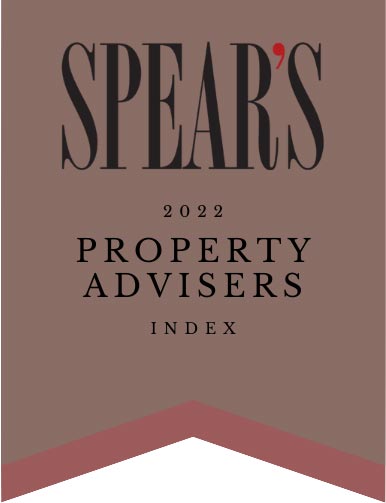The first phase of the Prudential Regulation Authority (PRA) Buy to Let underwriting changes have now come into effect. Further amendments, affecting borrowers with four or more mortgaged Buy to Let properties, are to be implemented by the end of September 2017. These changes will impose tighter underwriting criteria for Buy to Let landlords.
This means that now is a great time to consider purchasing or re-mortgaging a Buy to Let property, in order to reduce the potential future complexity of your application and stricter affordability criteria.
What are the PRA changes?
Phase 1
From January 2017, lenders will have to assess the borrower’s income and other aspects of their personal circumstances in more detail, as well as carrying out more strenuous rental test calculations. Read more about these changes here.
Phase 2
From the 30th of September 2017, landlords with four or more mortgaged properties will be treated as a portfolio landlord. This means that underwriters have to assess the borrower’s experience in the Buy to Let market, and their full portfolio of properties and outstanding mortgages.1
Lending to portfolio landlords is more complex. This is due to the significant combined debt, the cash flows and costs arising from multiple tenancies and potential risks of property and/or geographical concentrations1. As a result, lenders may need to stress test the entire portfolio.1 Such complexities mean that a specialist underwriting approach is required. More information will need to be provided for assessment, and it may take longer for mortgage applications to be assessed and approved, as underwriters will have more to work through. Furthermore, if stress testing is not met across the whole portfolio, then lower loans may be offered.
Ultimately, The PRA expects firms to recognise that existing experience and skills acquired in Buy to Let lending do not automatically translate into equivalent skills when assessing portfolio landlords2. Borrowers may wish to read the whole Supervisory Statement from the PRA here.
Why are the changes being implemented?
The changes aim to limit risky lending; this includes loans which may become unaffordable if interest rates rise. Therefore stricter stress tests are instigated. By doing so, it is being ensured that PRA regulated firms take full account of any potential future interest rate rises in their Buy to Let underwriting assessment.1
It is possible that the new rules could limit the pool of lenders for borrowers to choose from. In response, it has been suggested that specialist lenders may begin to provide more options for portfolio landlords after the changes have been instigated.3
Who will be affected?
All current and future Buy to Let investors could be affected by January’s changes. Any borrowers purchasing or re-mortgaging a Buy to Let property, and who already own four or more properties, will also be affected by upcoming changes in September.
Borrowers looking to purchase or re-mortgage in London may be the hardest hit by stricter rental affordability tests, as properties here provide a lower yield compared to the rest of the UK.
What can you do before then Phase 2 is implemented?
There are an array of options available for borrowers owning four or more properties to consider before the second of the Buy to Let underwriting changes are phased in. There are great rates and terms currently available, therefore making now a great time to consider purchasing or refinancing a Buy to Let property. Use our mortgage calculator to see how much you could potentially borrow, depending on your monthly repayment budget.
It pays to seek professional advice; borrowers may wish to consult a mortgage adviser before they are classified as a portfolio landlord by lenders. They may be able to assist in getting a mortgage application through swiftly before the changes are implemented.
Your home of property may be repossessed if you do no keep up repayments on your mortgage.




















